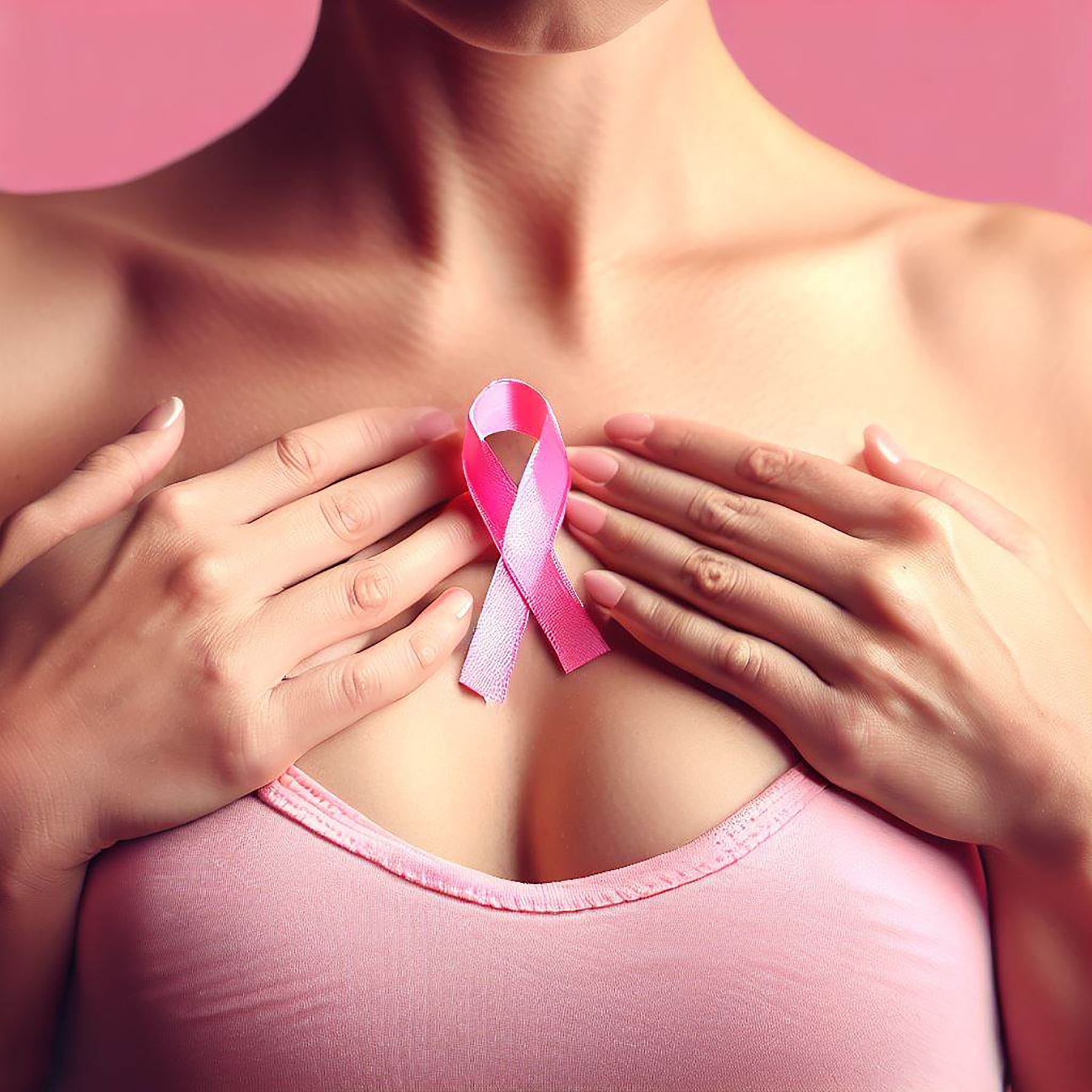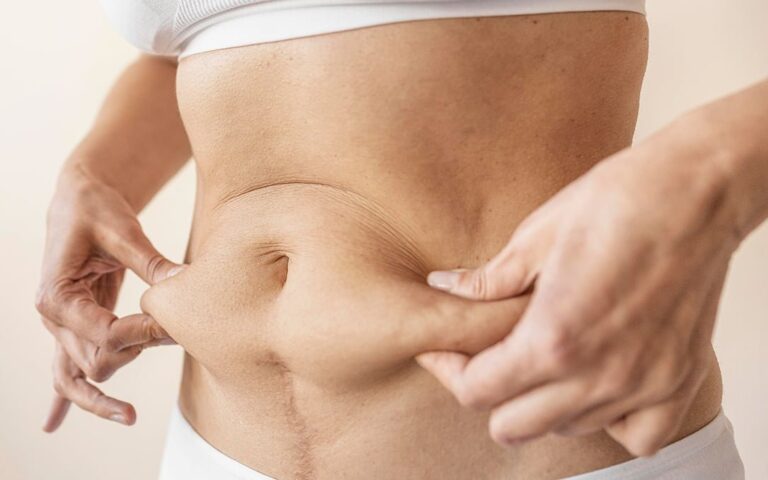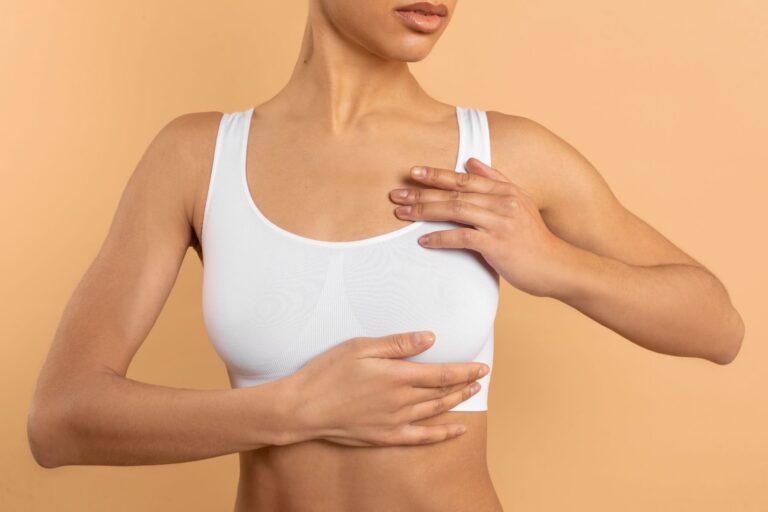Understanding Nipple Reconstruction: Healing Time and What to Expect

When it comes to breast reconstruction, one of the final and most significant phases is nipple reconstruction. This step is essential for many patients seeking to achieve a natural appearance after undergoing mastectomy or other related surgeries. Understanding the healing process can greatly aid individuals in preparing for this reconstructive procedure.
Understanding Nipple Reconstruction Surgery
Nipple reconstruction typically occurs once the breast mound has healed sufficiently. Various surgical techniques are employed to recreate the nipple and areola, tailored to each patient’s unique circumstances and preferences. Here are some common methods:
- Local Flap Techniques: This method lifts small flaps of skin from the breast mound to form a projecting nipple, with the surrounding area becoming the areola through tissue manipulation or tattooing.
- Skin Grafting: Sometimes, tissue is harvested from another area of the body, like the thigh, to construct the new nipple, particularly when local tissue quality is insufficient.
- Medical Tattooing: After initial healing, specialized tattooing is used to color match and enhance the appearance of the nipple-areola complex.
- Dermal Matrix Options: In some cases, acellular dermal matrices are used to support the nipple structure.
Initial Recovery Timeline
Recovery experiences can vary based on the surgical approach and individual healing capacities. However, a general timeline helps establish expectations:
- First 24-48 Hours: Patients may experience mild to moderate discomfort. Protective dressings are applied, and pain management typically involves oral medications.
- First Week After Surgery: Swelling and pain usually decrease, but careful dressing changes are necessary. Medical appointments are scheduled to assess healing progress.
- Weeks 2-3 Post-Procedure: Most external sutures are removed, and patients are often allowed to shower with precautions. Physical restrictions remain in place to protect the healing nipple structure.
Complete Healing Process
Full recovery extends beyond the initial weeks, and understanding this journey is crucial:
- Months 1-2: Blood vessels grow into the newly formed tissue. Sensitivity may be minimal as scars begin to mature.
- Months 3-6: Scar tissue softens, and final nipple projection becomes more apparent. This is often when patients consider areola tattooing.
- Beyond 6 Months: Scars mature, and tissue consistency stabilizes. Most patients can resume regular activities by this point.
Long-Term Considerations
After the initial recovery, several long-term aspects should be considered:
- Sensation Expectations: Limited sensation is common, and nerve regeneration varies by individual.
- Projection Changes Over Time: The appearance of reconstructed nipples evolves, with initial projection often exceeding final results due to normal settling.
- Scarring Progression: Scars improve gradually; initial redness fades, and texture softens with proper care.
Optimizing Your Recovery Experience
Several factors can enhance the quality of healing after nipple reconstruction:
- Preoperative Preparation: Quitting smoking and optimizing nutrition can significantly improve healing capabilities.
- Postoperative Care Adherence: Following medical instructions precisely influences healing outcomes and reduces complications.
- Lifestyle Factors During Recovery: Maintaining balanced nutrition and avoiding strain on the chest area supports healing.
Psychological Aspects of Recovery
Emotional healing is just as important as physical recovery. Managing expectations and understanding that reconstructed nipples are not identical to natural ones is crucial. Support from healthcare providers and loved ones can aid in this adjustment.
Conclusion
Healing from nipple reconstruction typically spans several phases, with most patients achieving stable results within six months. Individual factors such as surgical technique and personal health significantly influence recovery experiences. At surgora.com, we provide comprehensive support and expert guidance throughout the recovery process, ensuring realistic expectations and a positive experience for patients considering nipple reconstruction.






